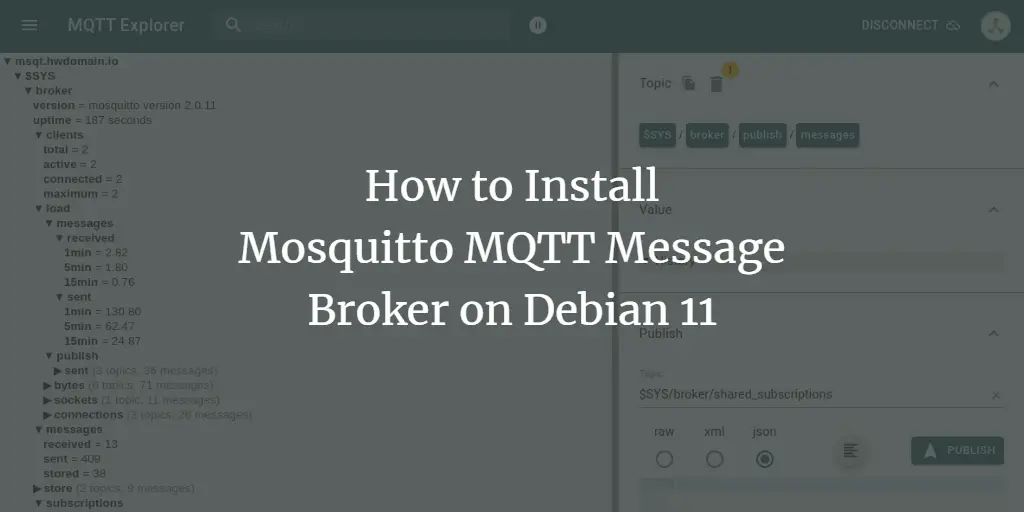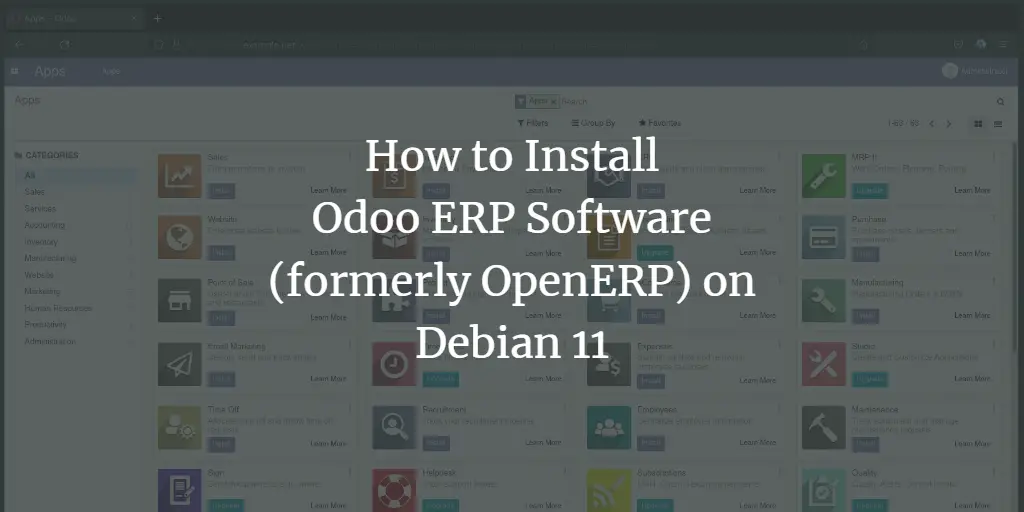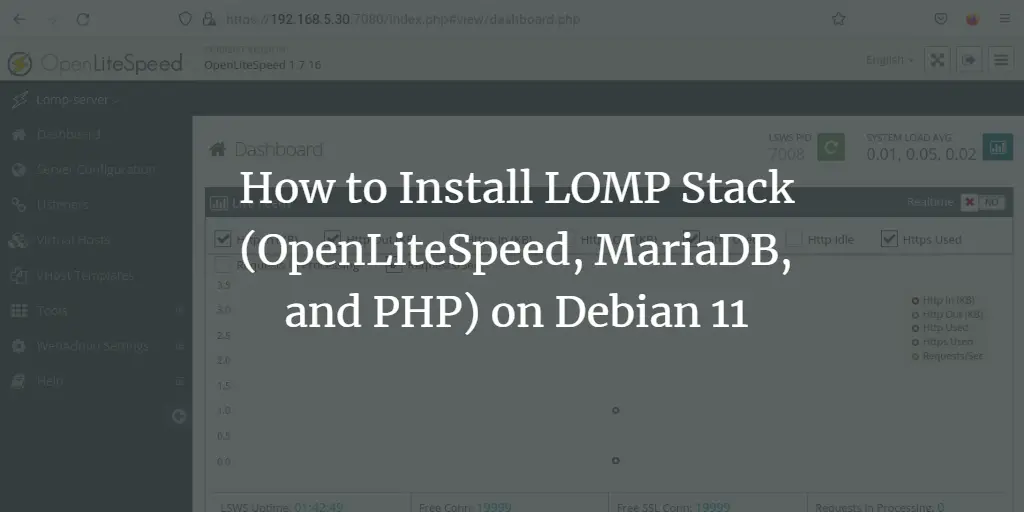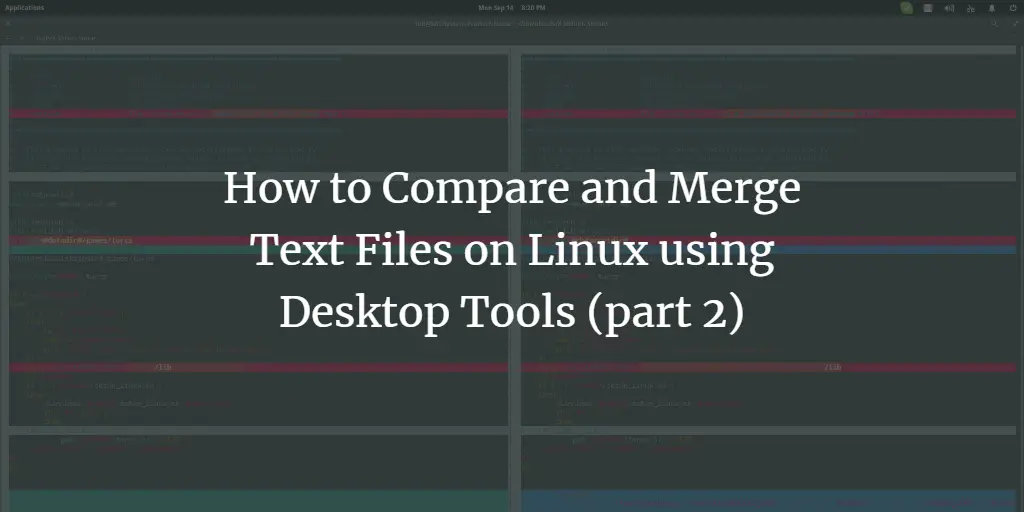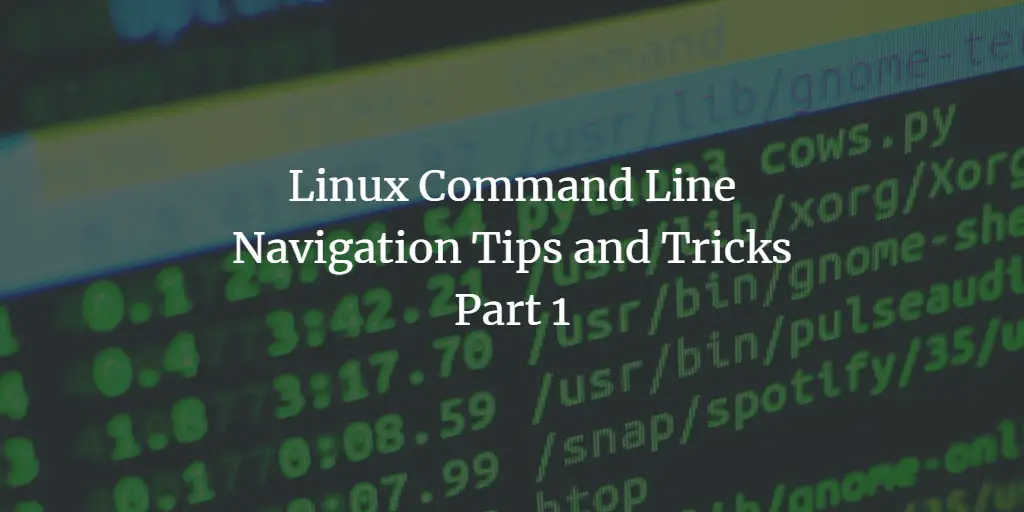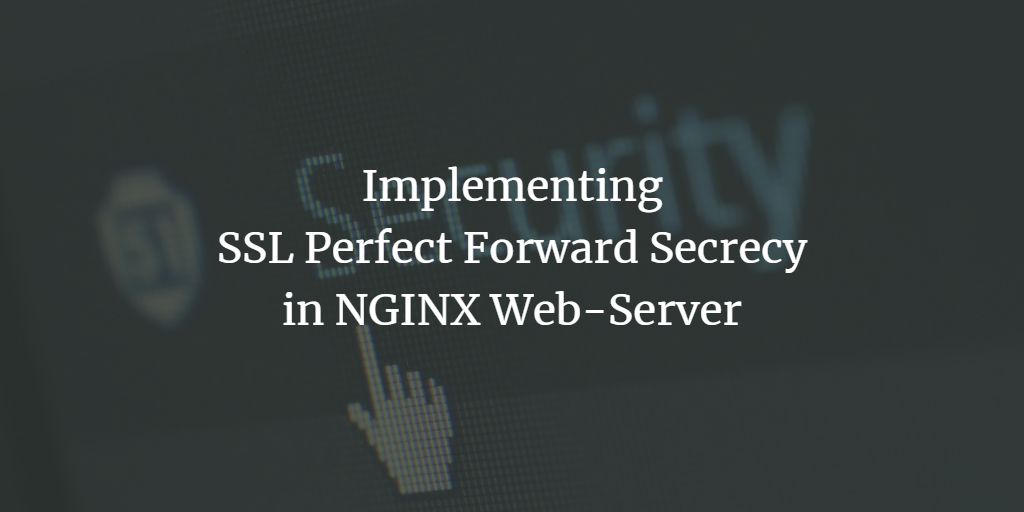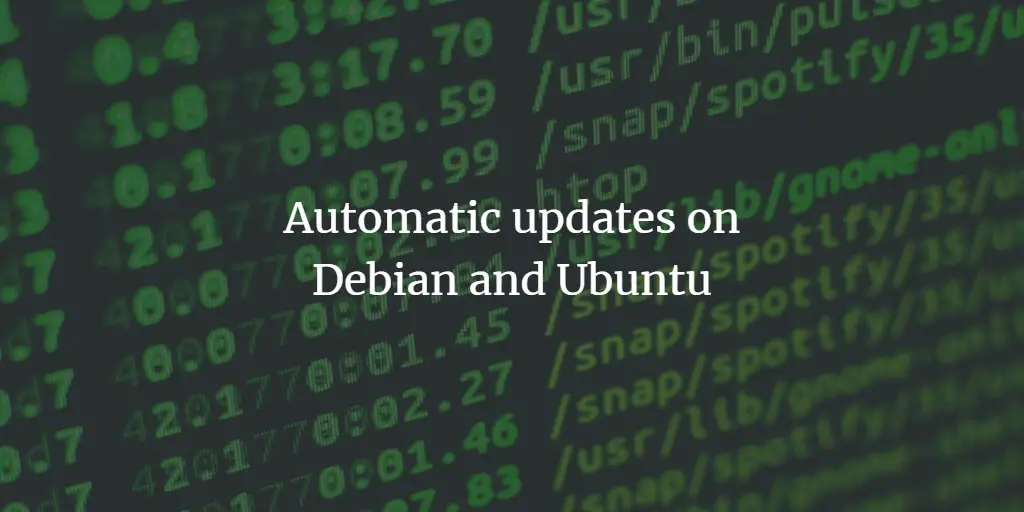Linux Tutorials on the topic “debian”
-
How to Install Mosquitto MQTT Message Broker on Debian 11
Author: Arvid L • Tags: debian, linux, server • Comments: 1Eclipse Mosquitto is a free and open-source message broker implementation of the MQTT protocol. In this tutorial, we'll walk through the process of installing and configuring Mosquitto MQTT Message Broker onto a Debian 11 server, setting up authentication, Securing Mosquitto via SSL/TLS certificates, and also enabling WebSockets on Mosquitto.
-
How to Install Odoo ERP Software (formerly OpenERP) on Debian 11
Author: Arvid L • Tags: debian, linux, nginx, web server • Comments: 0Odoo (formerly OpenERP) is an open-source and powerful business management software. Odoo works as a central application that allows you to manage business-related tasks from one single web application dashboard. In this tutorial, you will learn how to install Odoo 14 on the Debian 11 Bullseye.
-
How to Install LOMP Stack (OpenLiteSpeed, MariaDB, and PHP) on Debian 11
Author: Arvid L • Tags: debian, linux, server, web server • Comments: 0The LOMP Stack is a popular software suite to deliver web applications. LOMP stands for Linux as the operating system, OpenLiteSpeed as the web server, MySQL/MariaDB as the database server, and PHP for the backend of applications.
-
-
How to Compare and Merge Text Files on Linux using Desktop Tools (part 2)
Author: Bill Toulas • Tags: arch linux, centos, debian, desktop, fedora, linux, mandriva, suse, ubuntu • Comments: 3This post is a response to the overwhelming comments about Meld (and other tools) on my previous article on text files comparison and merging tools. While my intention wasn't to focus on code text only but to also present something useful to word editors and writers as well, but the coders community objected for the “shallowness” of the previous post so here we go with part 2.
-
How to search files from the Terminal on Linux
Author: Bill Toulas • Tags: centos, debian, fedora, linux, opensuse, shell, suse, ubuntu • Comments: 8While there are many ways with which we can search and locate files and directories on Linux, the easiest and quickest is probably through the terminal. However, not many Linux users know about that, which leads to unneeded frustration. Here is a quick guide that will hopefully help you locate what you're looking for in your system.
-
Linux Command Line Navigation Tips and Tricks - Part 1
Author: Himanshu Arora • Tags: centos, debian, opensuse, shell, ubuntu • Comments: 4If you've just started using the command line in Linux, then it's worth knowing that it is one of the most powerful and useful features of the OS. The learning curve may or may not be steep depending on how deep you want to dive into the topic. However, there are some Linux command line tips/tricks that'll always be helpful regardless of your level of expertise.
-
Docker Part 4: building and publishing custom docker images
 Author: Bill Toulas •
Tags: centos, debian, linux, suse, ubuntu, virtualization •
Comments: 1
Author: Bill Toulas •
Tags: centos, debian, linux, suse, ubuntu, virtualization •
Comments: 1 For this tutorial, we will use the Whale Docker image. The Whale is the official mascot of Docker and the Whale docker image resembles the cowsay program which generates ASCII pictures of a cow in the terminal with a message. It can also generate pictures using pre-made images of other animals, such as Tux the Penguin, the Linux mascot.
-
Implementing SSL Perfect Forward Secrecy in NGINX Web-Server
Author: cbj4074 • Tags: centos, debian, fedora, linux, nginx, security, suse, ubuntu • Comments: 7This HOW-TO describes the process of implementing Perfect Forward Secrecy with the NGINX web-server on Debian and Ubuntu systems. The process can readily be adapted to other GNU/Linux systems.
-
How to Install Monica Personal Relationship Manager on Debian 11
Author: Arvid L • Tags: debian, linux, server, web server • Comments: 0Monica CRM is a free and open-source CRM (Customer Relationship Manager) written in PHP. Monica CRM helps you track personal events, activities, work information, contacts, journals, notes, and many more.
-
Automatic updates with unattended-upgrades on Debian and Ubuntu
Author: Tapio Lehtonen • Tags: debian, desktop, linux, server, ubuntu • Comments: 4This tutorial shows how to configure unattended updates on Debian and Ubuntu. It covers all recent Debian and Ubuntu versions incl. Ubuntu 22.04 and Debian 11.

